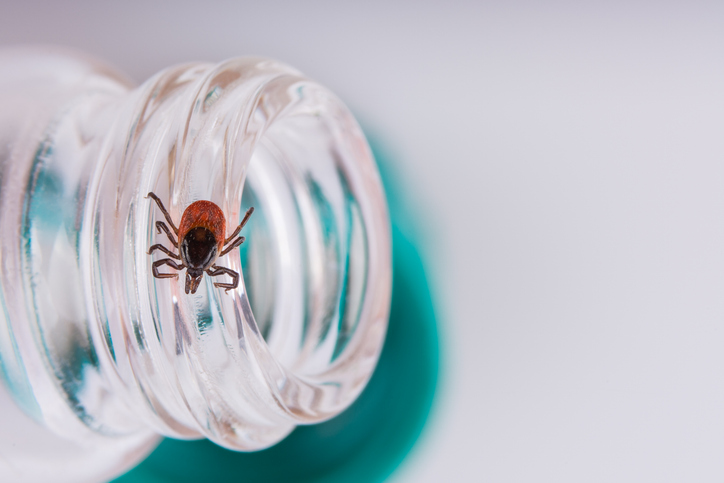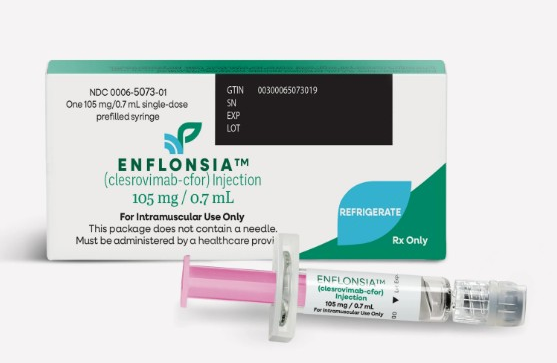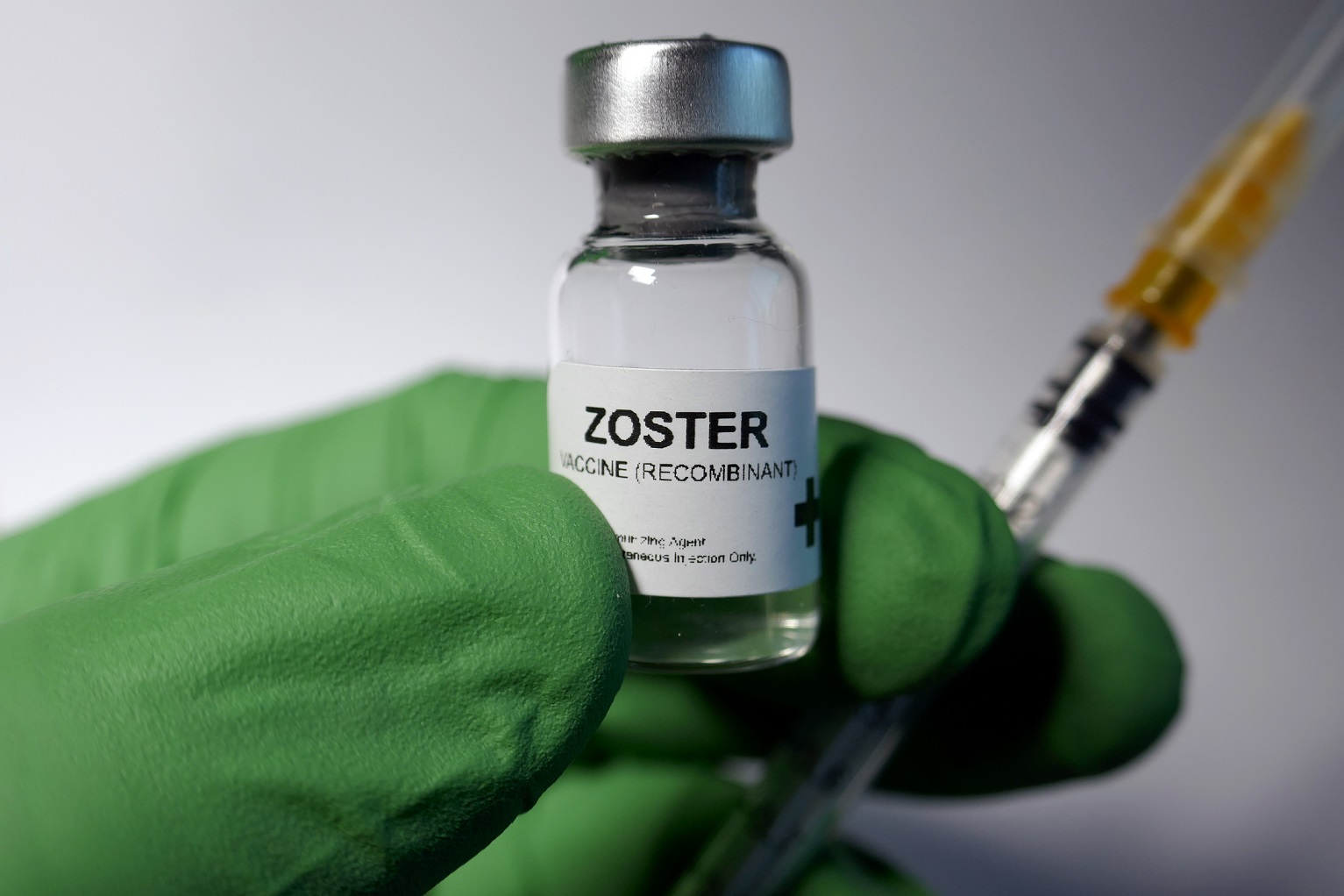At an Apr.15-16, 2025 meeting of the U.S. Centers for Disease and Prevention’s (CDC) Advisory Committee on Immunization Practices (ACIP), it was announced that a workgroup had been formed to further development of a new vaccine for Lyme disease. The first session of the new group will take place in May with a presentation scheduled to ACIP in June.1
A presenter at the ACIP meeting cited the prevalence of the tick-borne illness which can cause severe fatigue, fevers, joint pain and heart and brain damage, as the reason behind the formation of the workgroup. It is estimated that approximately 476,000 people are treated annually at an estimated cost of $345-968 million dollars a year.2
The previous Lyme disease vaccine, LYMErix was on the market from 1998-2002.3 The ACIP presenter claimed that LYMErix was discontinued due to low demand.4 However, there was no discussion among members as to why there was low demand or the devastating injuries the previous Lyme disease vaccine left in its wake.
LYMErix Caused the Same Symptoms As Lyme Disease
LYMErix was a three-dose vaccine developed and fast-tracked to market by SmithKline Beecham (now GlaxoSmithKline), which purportedly had a 76-92 percent efficacy when all three doses were given. Despite warning signs and safety concerns raised by the U.S. Food and Drug Administration (FDA) staff prior to its licensure due to vaccine subjects suffering from transient arthralgias in the clinical trials, the vaccine was unanimously approved by the Vaccines & Related Biological Products Advisory Committee (VRBPAC) in 1998.5 6
Unfortunately, the negative side effects of the Lyme vaccine experienced by the public after it was distributed were far more significant than what was found in the pre-licensure clinical trials and included crippling arthritis and other autoimmune disorders and brain dysfunction. Adverse reactions to LYMErix were so pervasive that a class action lawsuit was filed by 121 individuals who suffered severe brain and immune system damage after receiving LYMErix shots.7
A total of 905 adverse events that resulted in damage to health were reported in the first two years the vaccine was on the market. Many of the brain and immune system problems suffered by people who had recovered from Lyme disease were reactivated when they got LYMErix.8 The Lyme disease vaccine was causing the same symptoms as the disease itself with some recipients suffering permanent disabling brain and immune system damage and treatment resistant autoimmune arthritis.9
LYMErix Pulled From the Market
The FDA re-examined the published phase III trial only to find that a large number of vaccine recipients suffered adverse events such as soreness and redness at the injection site, myalgia, fever and chills. The trial only followed the patients for one year, which did not allow for long-term effects of the vaccine to be identified and studied.
The LYMErix vaccine, which included an OspA (outer surface protein A) base, Outer Surface Protein A of the Lyme bacteria, was shown to potentially cross-react with a human protein in 20 to 30 percent of the population who are born with the HLA-DR4 gene. This cross-reaction could cause the immune system to attack the body’s own protein, mistaking it for a foreign invading bacterium.10
In 2001, FDA officials decided that the benefits to the vaccine outweighed the risks and kept LYMErix vaccine available to the public. However, the negative publicity that resulted from the debilitating side effects experienced by vaccine recipients caused the vaccine sales to decline and it was eventually pulled from the market in 2002. The class action lawsuit was settled with the victims receiving no financial compensation.11
Lyme Vaccines Now in Development
In July 2024, Pfizer, Inc. and Valneva GmbH announced completion of phase 3 trial primary vaccination series “Vaccine Against Lyme for Outdoor Recreationists” (VALOR) with VLA15, which is a 6-valent OspA-based protein subunit Lyme disease vaccine. The trial was a multicenter, placebo-controlled, randomized, observer-blinded trial conducted in areas with significant Lyme disease across the U.S. and Europe. Participants aged five and older were divided into two groups with one group receiving four doses of the vaccine and the other receiving a saline placebo.
12
Pfizer alleges that there were no safety concerns during the trial in any group. A second Phase 3 trial was announced to examine the effects of the experimental Lyme vaccine in the pediatric population. Like LYMErix, the new Lyme vaccine targets the OspA of the bacteria that causes Lyme disease, Borrelia burgdorferi, but the manufacturers maintain the portion of the bacterial protein that was thought to be potentially responsible for arthritis in LYMErix has been changed. The vaccine attempts to block Osp A to prevent the bacterium’s ability to infect humans.13 14
In 2024, Pfizer and Valneva announced plans for a 2025 licensure filing date for its Lyme disease vaccine.15
Monoclonal Antibodies for Lyme Disease
A monoclonal antibody designed to be used as a pre-exposure prophylaxis to prevent Lyme disease has been developed by the University of Massachusetts Medical School’s MassBiologics. The monoclonal antibody, called Lyme PrEP, would be injected once a year right before peak tick season.
Lyme PrEP is not a classic vaccine. The monoclonal antibody shot contains a single human anti-Lyme blood protein that would be delivered to the patient directly rather than attempting to trigger the patient’s immune system to mount an inflammatory response and trigger the production of antibodies like a traditional vaccine.16 Monoclonal antibodies are different from vaccines. Monoclonal antibodies are molecules produced in a lab that are engineered to manipulate the immune system and mimic it’s ability to ward off pathogenic microbes and diseases.17 18
Lyme PrEP is also expected to be available in 2025.19
If you would like to receive an e-mail notice of the most recent articles published in The Vaccine Reaction each week, click here.
Click here to view References:1 Marx G. Introduction to Lyme Disease Vaccine Work Group. Advisory Committee on Immunization Practices Apr. 15, 2025.
2 Ibid.
3 Nigrovic LE, Thompson KM. The Lyme vaccine: a cautionary tale. Epidemiol Infect 2006; 135(1): 1-8.
4 Ibid.
5 Parpia R. Lyme Disease Vaccines: Past and Future. The Vaccine Reaction July 18, 2019.
6 Smith P. How the LYMErix Lyme Disease Vaccine was Pulled from the Market. LymeDisease.org.
7 Ibid.
8 Keller & Keller. Lymerix.
9 La Vigne P, Fisher BL. FDA Gives Green Light to Test Lyme Disease Vaccine on Humans. The Vaccine Reaction Jan. 26, 2017.
10 Smith P. How the LYMErix Lyme Disease Vaccine was Pulled from the Market. LymeDisease.org.
11 Nigrovic LE, Thompson KM. The Lyme vaccine: a cautionary tale. Epidemiol Infect 2006; 135(1): 1-8.
12 Valneva. Phase 3 VALOR Lyme Disease Trial: Valneva and Pfizer Announce Primary Vaccination Series Completion. July 17, 2024.
13 Ibid.
14 Froedert & Medical College of Wisconsin. New Lyme Disease Vaccine on the Horizon. May 2, 2023.
15 Waldron J. Pfizer, Valneva unveil phase 2 proof that Lyme disease shot is still effective for 2nd booster. Biotech Sep. 3, 2024.
16 Froedert & Medical College of Wisconsin. New Lyme Disease Vaccine on the Horizon. May 2, 2023.
17 Kothari, M., Wanjari, A, Acharya, S. et al. A Comprehensive Review of Monoclonal Antibodies in Modern Medicine: Tracing the Evolution of a Revolutionary Therapeutic Approach. Cureus June 9, 2024; 16(6): e61983.
18 Vanderbilt Institute for Infection, Immunology and Inflammation. Antibody Therapy vs. Vaccine. May 21, 2020.
19 RAlsdurf B, Guardiola M, Wan C. Finding new and better ways to address Lyme disease. Luminary Labs.













One Response
I am one of the unfortunate people that suffered the consequences of the Lymerix vaccine. It ruined my life. I have been battling lyme disease and fibromyalgia symptoms ever since. I only took two doses of the schedule, thankfully. Nothing has been done to help those of us that were injured. I hope none of these new lyme vaccines ever get released. Nobody should ever suffer like I have. It has been pure hell.